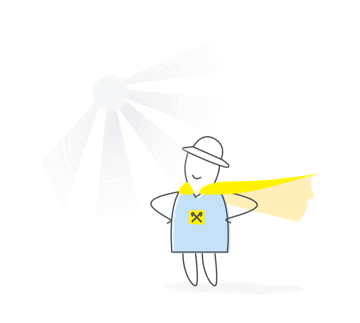Memory improvement
A good memory can become a saving straw in critical situations, since the hill gives out very valuable and important information at this particular moment. How to improve memory? Some of the techniques shared by one of the mnemonics gurus Kevin Gorsley.
- Memorization is a creative process, not a photographic one. Ideal memory is a skill, not a gift. To better capture information in memory, you need to visualize it, turn boring data into images and ideas. If you listen to the information, then in three days you will remember 10%. If you add an image to it, remember 65%.
- Information enters the brain through 5 sensory organs: sight, hearing, smell, touch and taste. The more sensory organs you attract, the better your memory will be.
- Hyperbolize. Consciously make visual images smaller or larger than in real life, exaggerate with humor. What is better to remember: an ordinary construction crane or a crane in the form of a zebra?
- Visualize. When you read or listen to new information, present it in the form of a film. Thanks to this, your concentration will improve. Any complex concepts become meaningful and memorable if you turn them into visual images. It is in the imagination that all the power of memory is concentrated.
The names of people can be remembered in several ways. One of them is to create an image. For example, your new friend is called Yaroslav. To capture the name in the brain, you can compare it with the namesake Yaroslav the Wise. Another method is the connection of the name with the characteristic features of the face. For example, your new friend is called Lydia. She has blue eyes. Turn your name into an image: Lydia sounds like ice. Imagine that Lydia's eyes are glittering ice. Very interesting is the method of "connecting a person’s name with a place of acquaintance." Suppose you met a man named Leo. Ask yourself what detail from the place of acquaintance to remember the most. Let it be a magnificent garden. Now imagine that there are marble statues of lions in it. Now, thinking about this place, you will automatically remember the name of a new acquaintance.
Regular use of these techniques will help develop your memory and better absorb large amounts of information.















